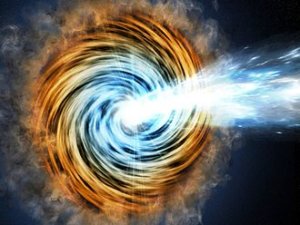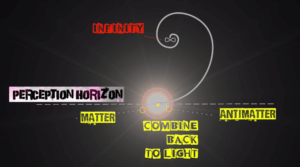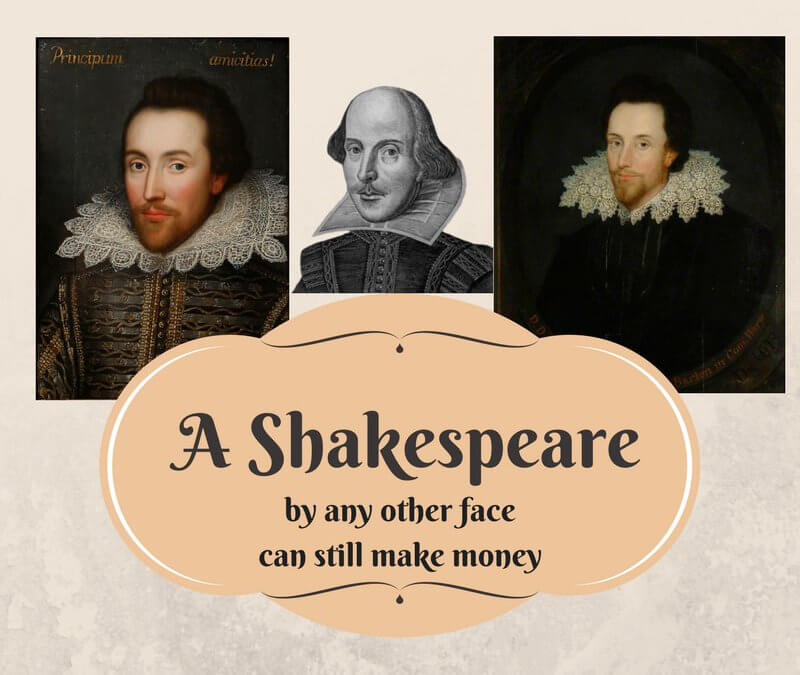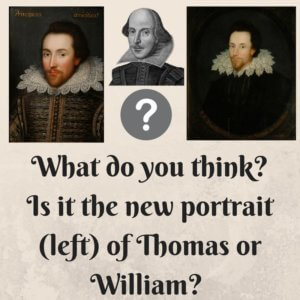
Mystery Neutrinos, Antarctica and Parallel dimensions
Have scientists found evidence of a parallel dimension in Antarctica? Recently a story went viral that scientists had found evidence of a parallel dimension in which time travels backwards.
So this is what we are looking at today on Punk Science TV: Mystery Neutrinos, Antarctica and Parallel dimensions
Code-named ANITA
NASA has an instrument – a high -altitude helium balloon fitted with Radio antennas. It’s a called ANITA and it’s designed to pick up the signature of the interaction of cosmic rays from space with the Earth.
And by 2016 two incidents of high energy cosmic rays were found but they were coming up from the Earth not down from space.

ANITA Helium balloon and instruments before deployment. Image: NASA Wiki commons
The Mystery Neutrinos
I am not a physicist but this is what I understand – there are many different types of particles including ones called neutrinos. There are some which interact very weakly. But the ones detected by ANITA in Antarctica are high energy neutrinos that actually have a wider cross-section so do bump into things.
This is why people are puzzled by what happened because for these particles to be detected by ANITA as coming out of the Earth, they would have to come down from space then back up from the Earth again.
And the physicists think that for these particles that would be impossible as they could not have made their way through the Earth through all that rock. That’s why this is such a big deal as it defies what we know about physics.
A radical solution
Neil Turok of The Perimeter Institute was reported by New Scientist as putting forward a radical solution. The particles coming up from the Earth are actually from a parallel dimension where time runs backwards. So in this model, the particles are really coming from space but we are seeing them coming up from the Earth as it is all running backwards.
That report in the media went viral.
What’s really happening?
But is there another explanation? I noticed that these types of particles have been detected before but that time they were traced to be coming from a black hole in the centre of a galaxy one that also sometimes gives off jets at the speed of light and gamma rays.

Image of Blazar – the source of high-energy neutrinos in space. Wiki commons
Hmm! So The Black Hole Principle says that every single aspect of the universe behaves in the same way only at different scales – from supermassive black holes to stars and even the Earth. So the centre of our planet should be capable of producing particles in a similar way to a galactic black hole.

The Black Hole Principle
I even made a previous video about this some years ago. So according to the Black Hole Principle we expect cosmic rays to come from the Earth as at the centre of the Earth is a mini black hole dynamo doing much the same things as larger ones just smaller.
Problem solved!
Hope you enjoyed this episode of Punk Science TV. For more decoding of the universe follow and subscribe. ‘Till next time, thanks for watching.




